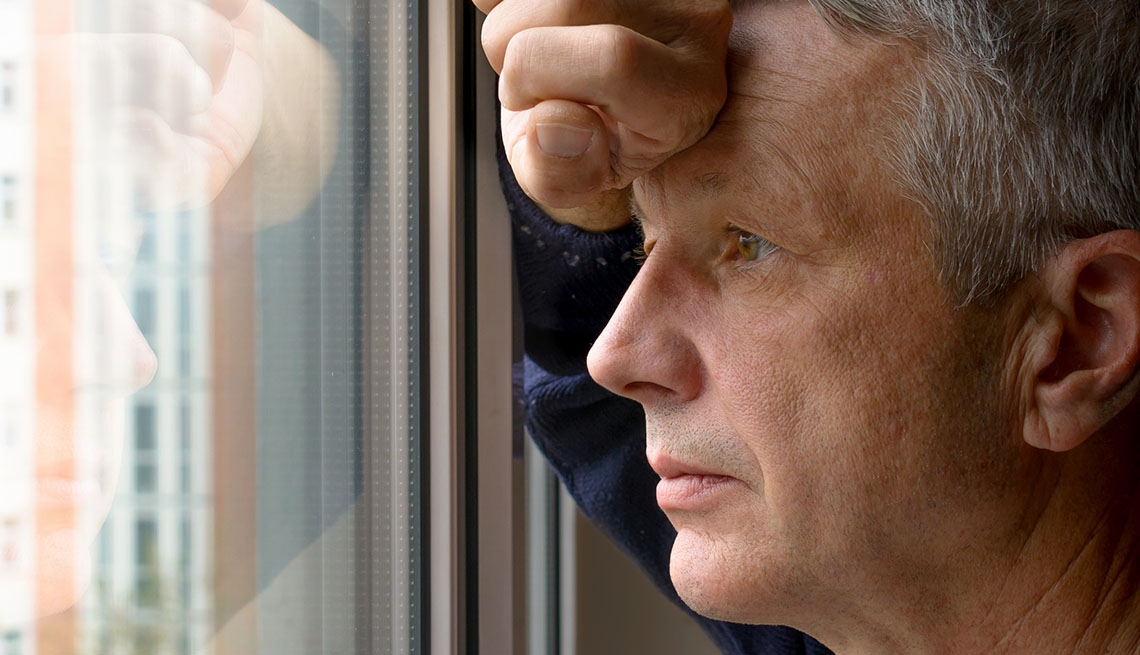Staying Fit
Nearly everyone is a little anxious — or even very anxious — sometimes. And that periodic feeling of worry or dread can be protective. Feeling nervous about whether you'll give a good presentation, for example, can keep you alert and maybe help you ace it.
But when worry begins to interfere with your ability to perform everyday tasks, that could be a sign of an anxiety disorder — the most common mental illness in the United States. Each year, about 18 percent of American adults age 18 and older suffer from an anxiety disorder, an umbrella term that includes generalized anxiety disorder, panic disorder, social anxiety disorder, separation anxiety and phobias, according to the Anxiety and Depression Association of America (ADAA). Obsessive-compulsive disorder (OCD) and post-traumatic stress disorder (PTSD) are closely related.


AARP Membership— $12 for your first year when you sign up for Automatic Renewal
Get instant access to members-only products and hundreds of discounts, a free second membership, and a subscription to AARP the Magazine.
Among older Americans, the most prevalent anxiety disorder is generalized anxiety, a condition characterized by a pervasive sense of worry about a wide range of things, according to the ADAA.
"This makes sense when you consider that many older adults struggle with loss, isolation, medical and physical limitations, and financial stress,” says Stephen Ferrando, M.D., director of psychiatry at Westchester Medical Center in Valhalla, N.Y.
Phobias are also more common among older adults, Ferrando notes, particularly agoraphobia, which is the fear of going out or being in crowds.
Sometimes a disorder that was previously diagnosed gets worse with age; in other cases an adult develops a new condition later in life.
The difference between stress and anxiety
"I think of anxiety as a very internal feeling,” says Ashley Zucker, M.D., director of psychiatry at Kaiser Permanente in Fontana, Calif. “And it's usually in anticipation of a future threat — you're worried about something that might happen.”
Anxiety rises above what you would consider a normal response to a fear and often continues after the possible threat or incident has gone away. “The person continues to worry about something that already occurred,” Zucker says. “ ‘Did I make a mistake?’ ‘Did I say the wrong thing?’ The brain can't let it go.”


































































